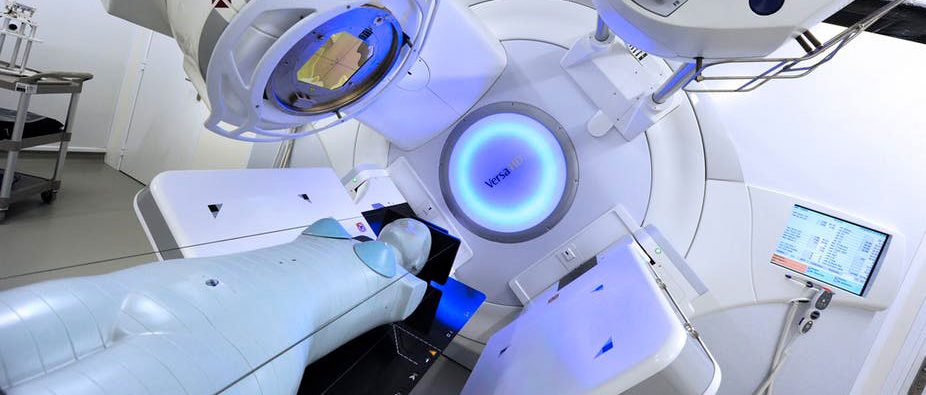What is Radiotherapy?
Radiotherapy, also known as radiation therapy and irradiation, is the use of high-energy radiation (such as X-rays and gamma rays) to destroy cancerous tissue.
It is among the most common and effective treatments for cancer.
This therapy can be used as the main treatment or may be applied after the main treatment in order to destroy any cancer cells that remain.
It is used in one form or another on the majority of cancer patients. Depending on the type of cancer, radiotherapy alone may work, or it may be necessary to combine it with other methods such as chemotherapy, immunotherapy, and surgery.
The aim of this therapy depends on the cancer stage and the condition of the patient.
Curate radiotherapy tries to cure cancer completely. In many cases, radiotherapy is combined with chemotherapy to make it more effective. This is called chemoradiation. Sometimes it is used before surgery (neo-adjuvant radiotherapy).
Adjuvant radiotherapy intends to reduce the risk of cancer coming back after surgery.
It can also relieve symptoms if a cure isn’t possible anymore. For instance, it can be used to lower pain caused by bone metastasis. This type of radiotherapy is part of palliative care.
How Radiotherapy Works
The DNA of each cell, regardless if it is cancerous or healthy, is essential for the process of growth and division. High-energy radiation is damaging the DNA directly. If the damages are too huge, the cells either die or stop growing and multiplying.
It is important to know that cancer cells do not die right away. With every session of radiotherapy, the DNA gets more damage. Therefore, it can take days or weeks of treatment before the DNA damage leads to the death of cancer cells.
This treatment is localized and the physicians try to targets mainly the cancerous tissue. Normal cells in the surrounding of the cancer tissue may be affected too but most of them recover and resume their usual functions. This is a significant advantage over chemotherapy, where the treatment is applied to the entire body, thus increasing the number of side-effects.




